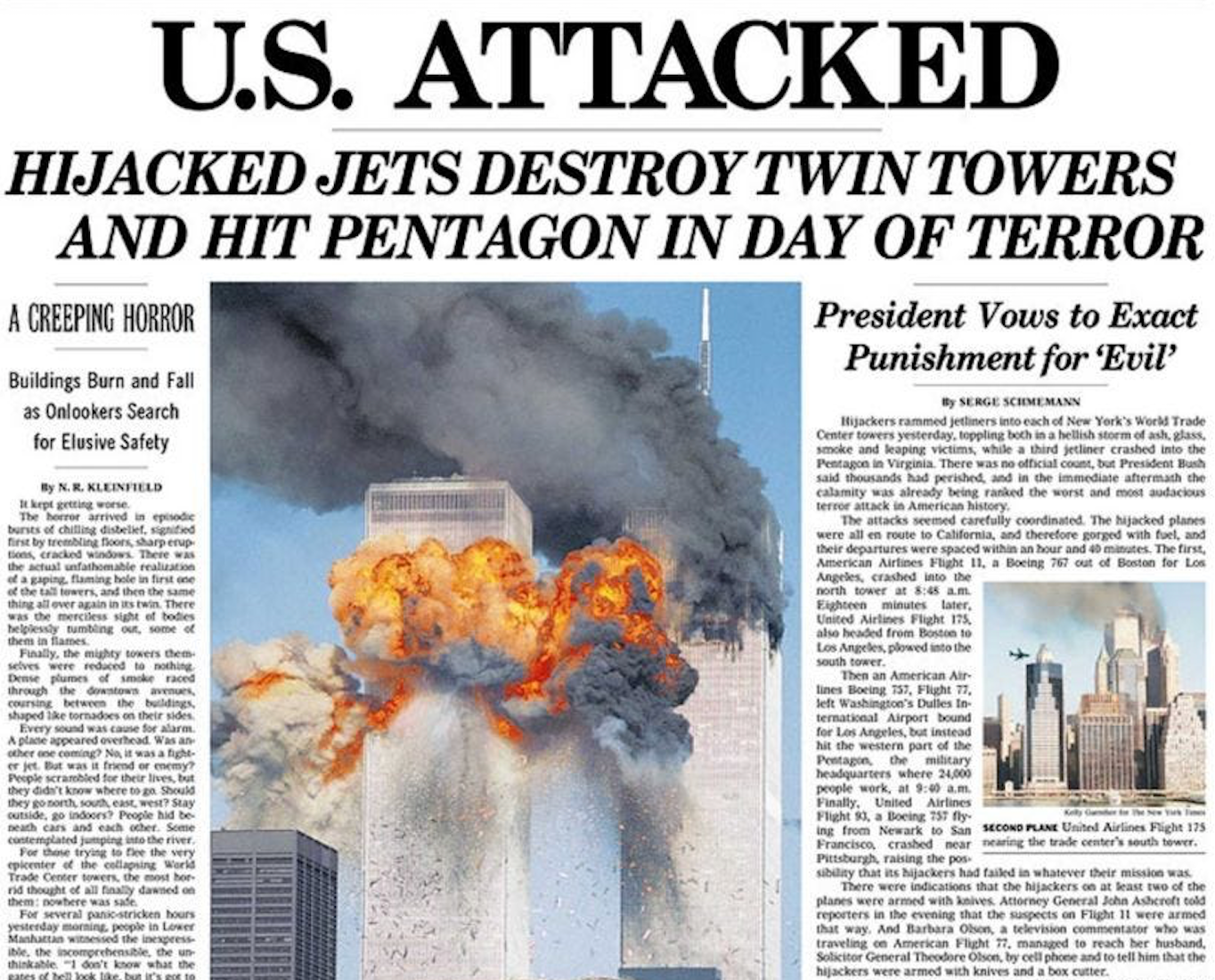The 5-Minute Rule for News Articles
The 5-Minute Rule for News Articles
Blog Article
The Facts About News Articles Revealed
Table of ContentsSee This Report on News ArticlesThe Basic Principles Of News Articles The Main Principles Of News Articles The Of News ArticlesNews Articles Things To Know Before You Get This
Great knowledge of various subjects gives students an one-upmanship over their peers. Even though digital and social media sites are easily available, we need to not fail to remember how crucial it is to read the papers. Parents need to try and instill the behavior of checking out a newspaper as a daily routine to proceed the legacy of the adored print tool.News tales additionally contain at the very least one of the complying with essential characteristics loved one to the designated audience: distance, prestige, timeliness, human passion, quirk, or effect.
Within these limits, news stories also aim to be detailed. Other aspects are involved, some stylistic and some derived from the media type. Amongst the larger and more revered papers, justness and balance is a major consider providing info. Discourse is normally restricted to a separate section, though each paper might have a different total angle.
Newspapers with a worldwide audience, for example, tend to make use of a much more formal design of composing. News Articles.; common design guides include the and the United States Information Design Publication.
5 Easy Facts About News Articles Explained
As a regulation, journalists will not utilize a lengthy word when a short one will certainly do. They make use of subject-verb-object construction and vivid, energetic prose (see Grammar). They use stories, examples and allegories, and they seldom rely on generalizations or abstract concepts. Information writers attempt to prevent utilizing the exact same word much more than when in a paragraph (occasionally called an "resemble" or "word mirror").
Nevertheless, headlines in some cases leave out the topic (e.g., "Jumps From Watercraft, Catches in Wheel") or verb (e.g., "Feline lady lucky"). A subhead (additionally subhed, sub-headline, subheading, caption, deck or dek) can be either a secondary title under the primary headline, or the heading of a subsection of the article. It is a heading that comes before the primary text, or a group of paragraphs of the major text.

Additional signboards of any of these types may appear later on in the short article (especially on succeeding pages) to entice more reading. Such billboards are additionally utilized as pointers to the post in other sections of the magazine or site, or as ads for the piece in various other publication or websites. Normal structure with title, lead paragraph (summary in vibrant), various other paragraphs (details) and contact info.

Instance of a hard-lead paragraph NASA is recommending an additional room job. The company's budget plan demand, introduced today, consisted of a plan to send another goal to the Moon. This time around the firm hopes to establish a lasting facility as a jumping-off place for various other room experiences. The budget requests roughly $10 billion for the job.
The NASA statement came as the company requested $10 billion of appropriations for the project. An "off-lead" is the second most important front web page information of the day. The off-lead shows up either in the leading left edge, or directly below the lead on the. To "hide the lead" is to begin the short article with history information or details of additional importance to the readers, forcing them to check out more deeply into a write-up than they must need to in order to discover the necessary factors.
The Definitive Guide for News Articles
Common usage is that or two sentences each develop their very own paragraph. Reporters typically define the organization or structure of an information tale as an have a peek at this website upside down pyramid. The essential and most fascinating elements of a story are placed at the start, with sustaining details following in you could check here order of decreasing value.
It enables individuals to discover a subject to just the deepness that their inquisitiveness takes them, and without the charge of information or subtleties that they can consider irrelevant, but still making that information available to much more interested visitors. The upside down pyramid structure likewise allows short articles to be cut to any type of approximate size during design, to fit in the area readily available.
Some authors begin their tales with the "1-2-3 lead", yet there are lots of type of lead offered. This style inevitably begins with a "5 Ws" opening paragraph (as explained over), followed by an indirect quote that serves to support a significant component of the first paragraph, and afterwards a direct quote to support the indirect quote. [] A kicker can refer to multiple points: The last tale current broadcast; a "pleased" story to finish the program.
Longer posts, such as magazine cover write-ups click site and the items that lead the inside areas of a newspaper, are known as. Attribute stories differ from straight information in numerous methods.
News Articles for Dummies
A function's initial paragraphs frequently connect an intriguing moment or occasion, as in an "unscientific lead". From the particulars of a person or episode, its view promptly broadens to generalities about the story's topic.

The Editor's Toolbox: A Recommendation Guide for Beginners and Professionals (2001) Allan M. Siegal and William G. Connolly. The New York Times Manual of Design and Use: The Official Style Overview Used by the Writers and Editors of the World's The majority of Reliable Paper (2002) M. L. Stein, Susan Paterno, and R.
Report this page